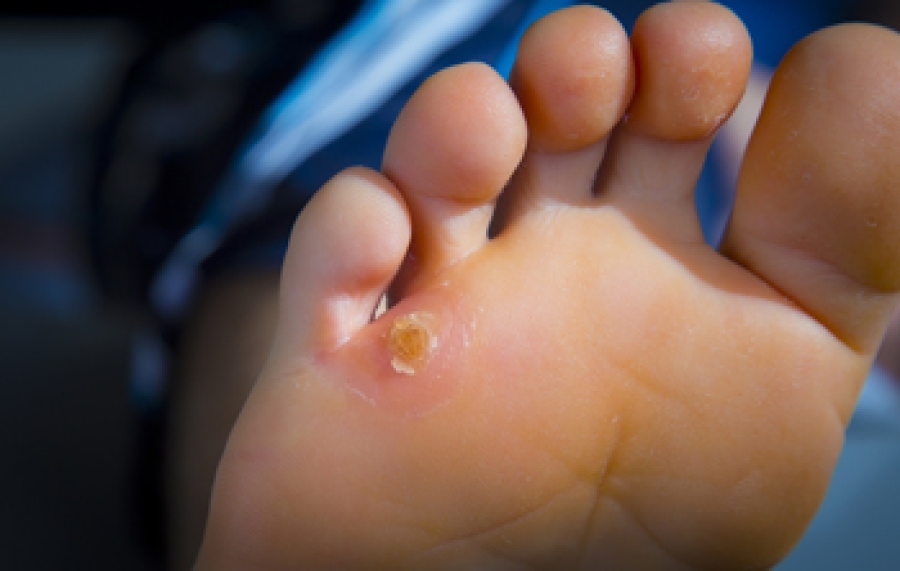
The Facts on Foot Corns
Seed corns tend to occur on the bottom of the feet, and some doctors believe this condition is caused by plugged sweat ducts. Calluses are thickenings of the outermost layer of the skin and are.
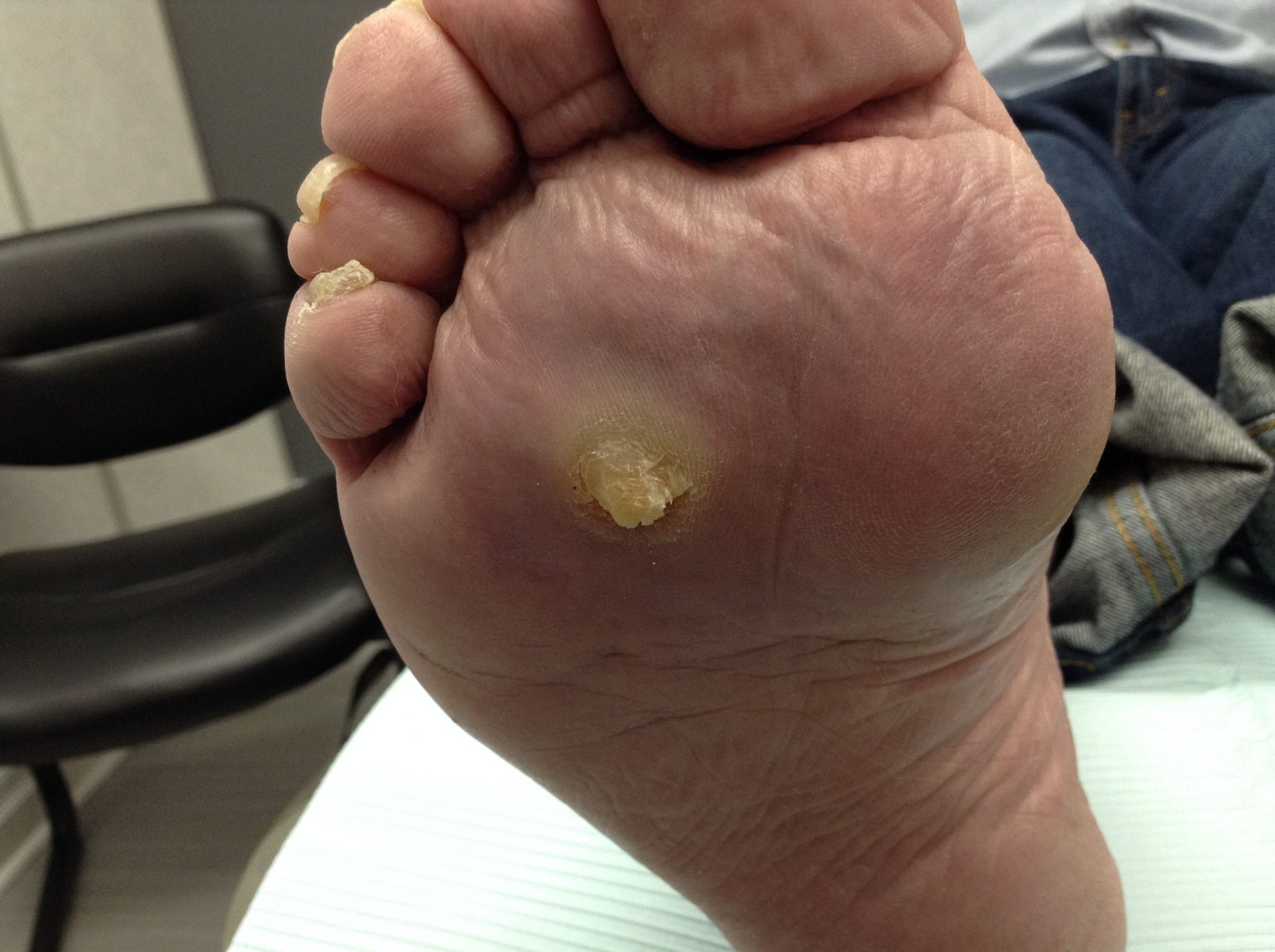
Calluses and Corns / Callosités et Cors Bruyere Foot Specialists
Corns and Calluses. Corns and calluses on the feet are thickened areas of skin that can become painful. They are caused by excessive pressure or rubbing (friction) on the skin and can lead to foot problems, especially on walking. The common cause is wearing ill-fitting shoes. A person who is qualified to diagnose and treat foot disorders (a.

Corns & Callus Riverside Podiatry
seed Hard corns are the most common type of corn. They're small, concentrated areas of hard skin, usually found within a wider area of thickened skin. Soft corns, on the other hand, are.
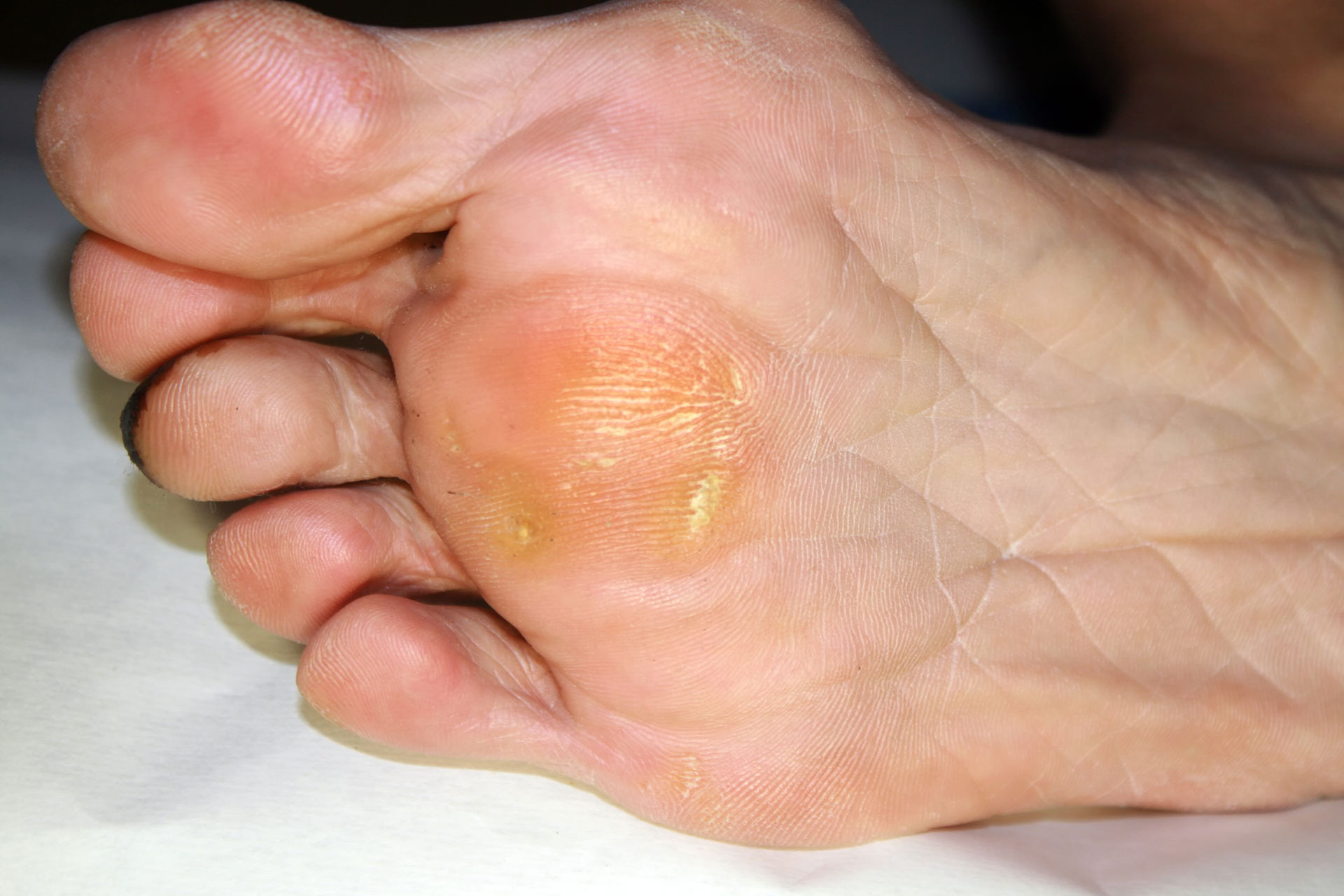
All You Need to Know About Painful Corns & Callous Procare Podiatric
Overview What are corns and calluses? Corns and calluses are a buildup of hard, thick areas of skin. Although these hardened areas of skin can form anywhere on your body, you'll usually see them on your feet, hands or fingers. What's the difference between a corn and a callus? Corns and calluses are essentially the same tissue.
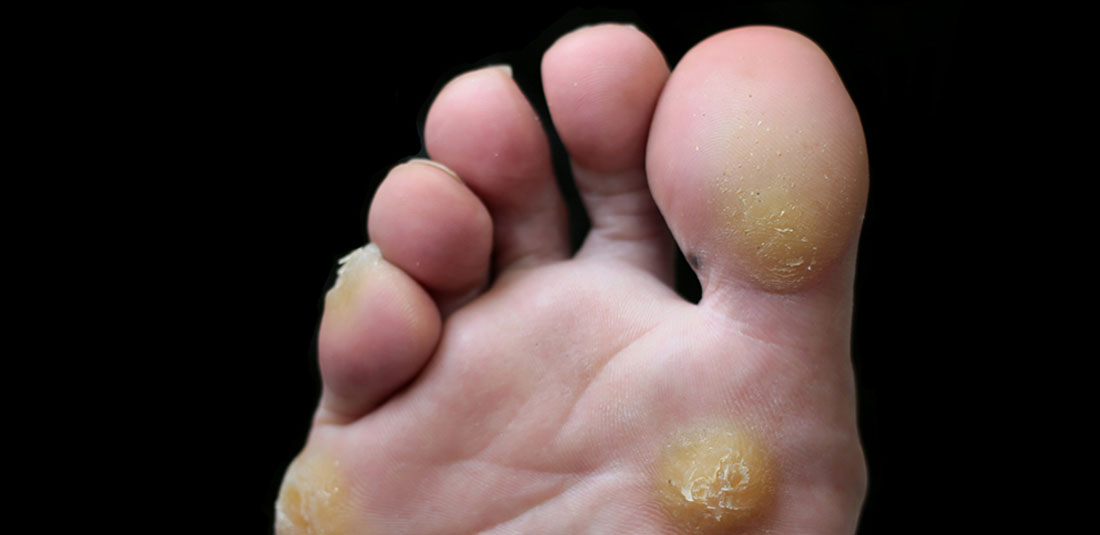
Types of Foot Corn and How to Get Rid of Them
causes Diagnosis & treatment Overview Corns and calluses are thick, hardened layers of skin that develop when the skin tries to protect itself against friction or pressure. They often form on feet and toes or hands and fingers. If you're healthy, you don't need treatment for corns and calluses unless they cause pain or you don't like how they look.

Corns of the feet and the different types Dubai Podiatry Centre
Pictures of Corns: Before and After Pictures of Corns on Feet Search by typing & pressing enter YOUR CART Carving Out an Annoying Heel Corn (or Blister?) | Corn Removal What does a corn look like after it's removed? These before and after pictures of corns will help you narrow down which type you have!
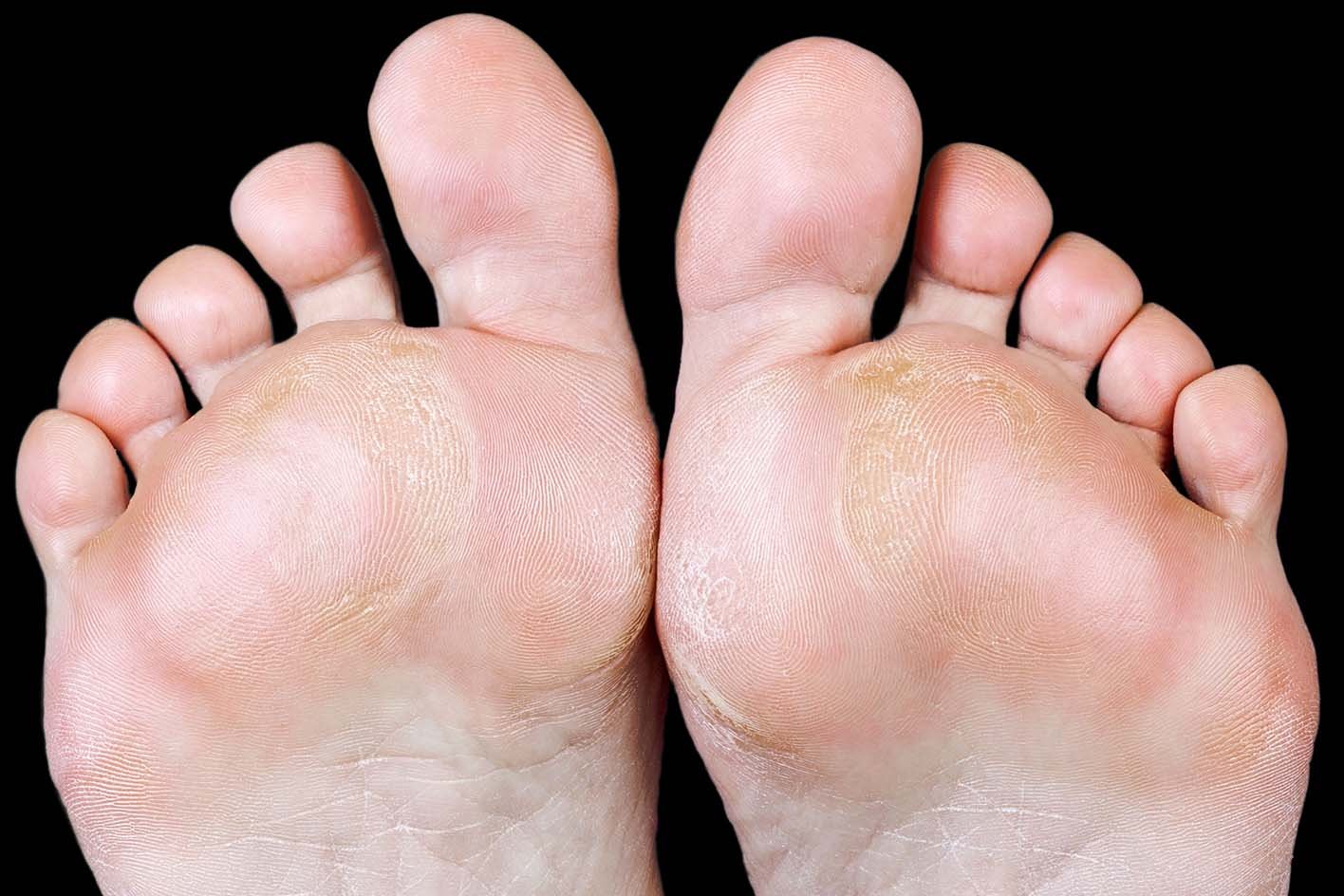
Corns and calluses NHS
Seed corns tend to occur on the bottom of the feet, and some doctors believe this condition is caused by plugged sweat ducts. Calluses: Calluses can develop on hands, feet, or anywhere there is repeated friction -- even on a violinist's chin. Like corns, calluses have several variants.

What is a Corn? InStride Queen City Foot and Ankle Specialists
1 Learn what a corn looks like. In order to assess whether you have corns, you should first learn the basic physical appearance of corns.
Foot Corn Signs and Treatment Options
Corns look cone-shaped and point into the skin, usually forming on pressure points from poorly fitted shoes or a bone spur. Calluses tend to spread out more and can appear anywhere something rubs.
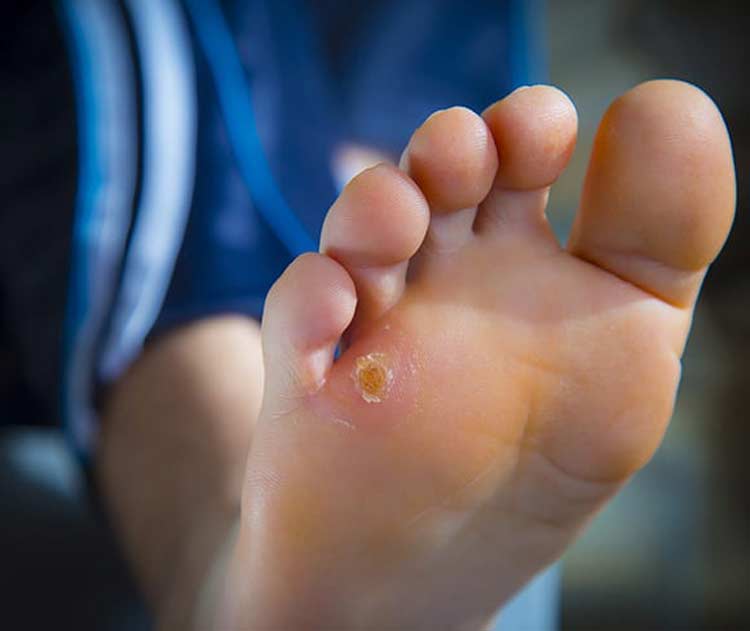
Corns & Calluses Burbank Podiatrist Los Angeles Foot & Ankle Center
Corns and calluses (hyperkeratosis) are painful areas of thickened skin that appear on the hands, between the toes, and on the soles of the feet. Read about causes, treatment, home remedies, symptoms, signs, and removal, and see pictures.

Corns and Calluses Brampton Foot Clinic
Foot corns are hardened layers of skin that develop from your skin's response to friction and pressure. You may have foot corns if you experience the following symptoms on the tips and the.
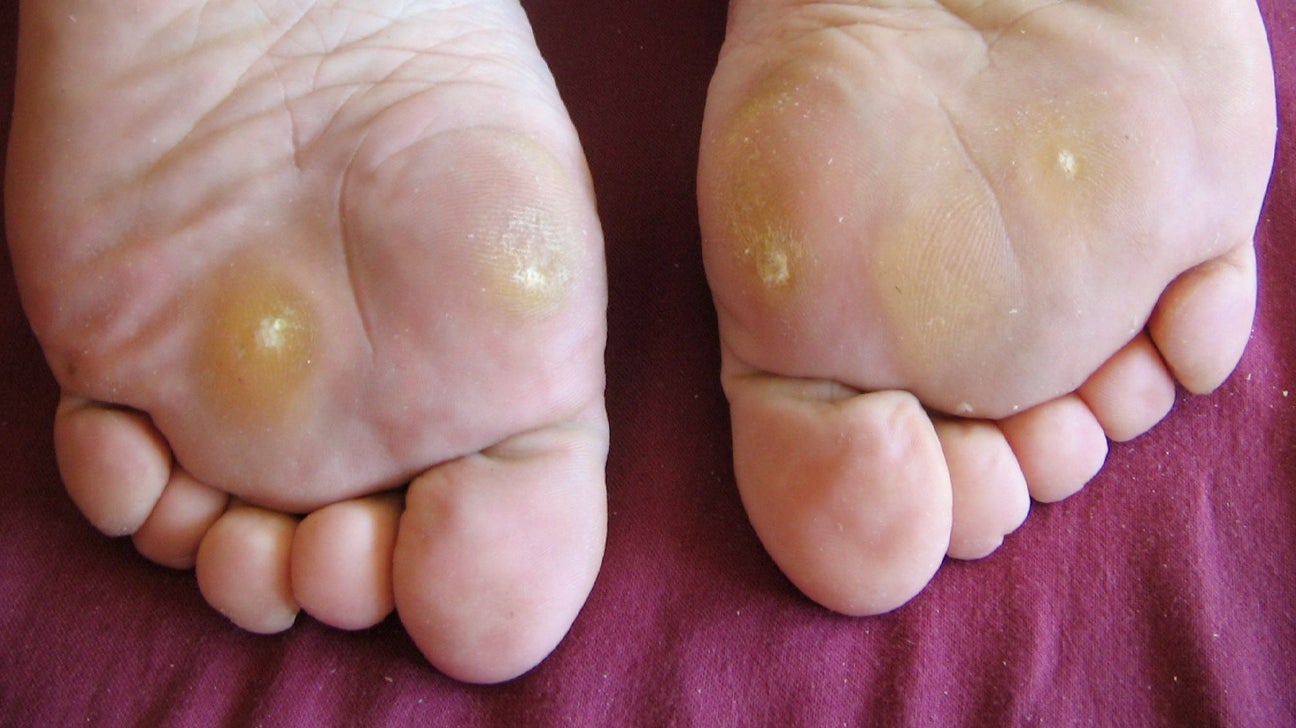
Hard On Big Toe Corn
The thick, hardened skin of a foot corn can be easily treated by removing the excess tissue with a pumice stone, emery board, or medicated patches. Soaking your feet in warm water and regularly using a pumice stone and moisturizing will usually do the trick. However, if the problem just doesn't go away, or even worse - if you start.

Callus & Corn What Are They & What Can I Do? Watsonia Podiatry
Corns are areas of thickened skin that can develop on your feet and toes due to repeated pressure or friction. There are several factors that can contribute to developing corns on your feet.
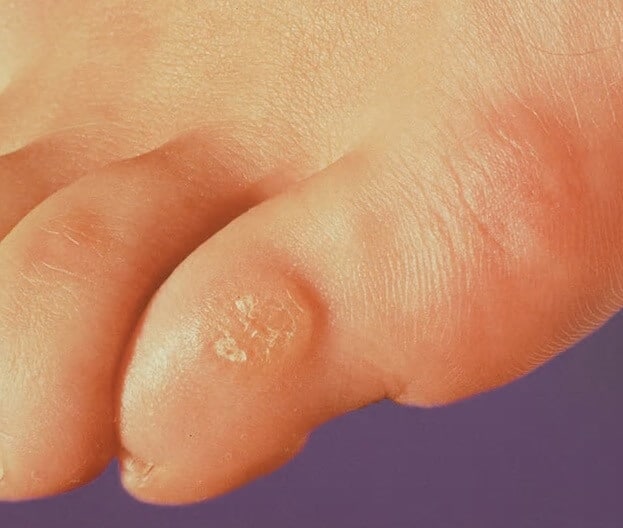
A Corn on the Foot Typical Risk factor's & Prevention
Health A to Z Corns and calluses Corns and calluses are hard or thick areas of skin that can be painful. They're not often serious. There are things you can try to ease them yourself. Check if you have a corn or callus You mostly get corns and calluses on your feet, toes and hands. Corns are small lumps of hard skin. Alexander Korzh
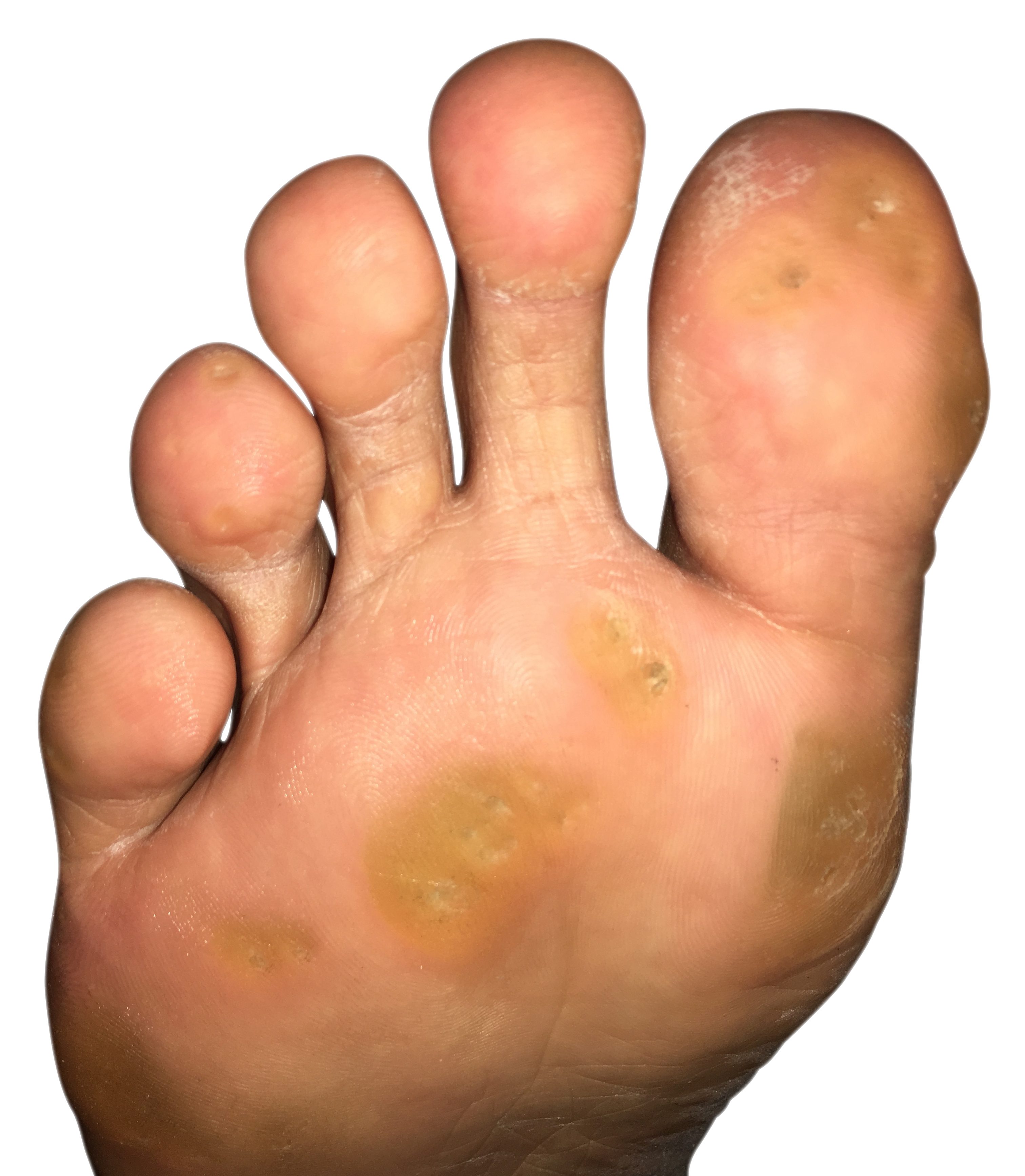
Corns of the feet and the different types Dubai Podiatry Centre
Corns develop due to bone pressure against the skin. They are common on the tops and sides of the toes and on the balls of the feet. Corns can be hard and dry or soft and mushy. Common causes of corns are arthritis or poorly-fitting shoes. To treat corns and calluses, dermatologists recommend the following tips: Soak the corn or callus in warm.
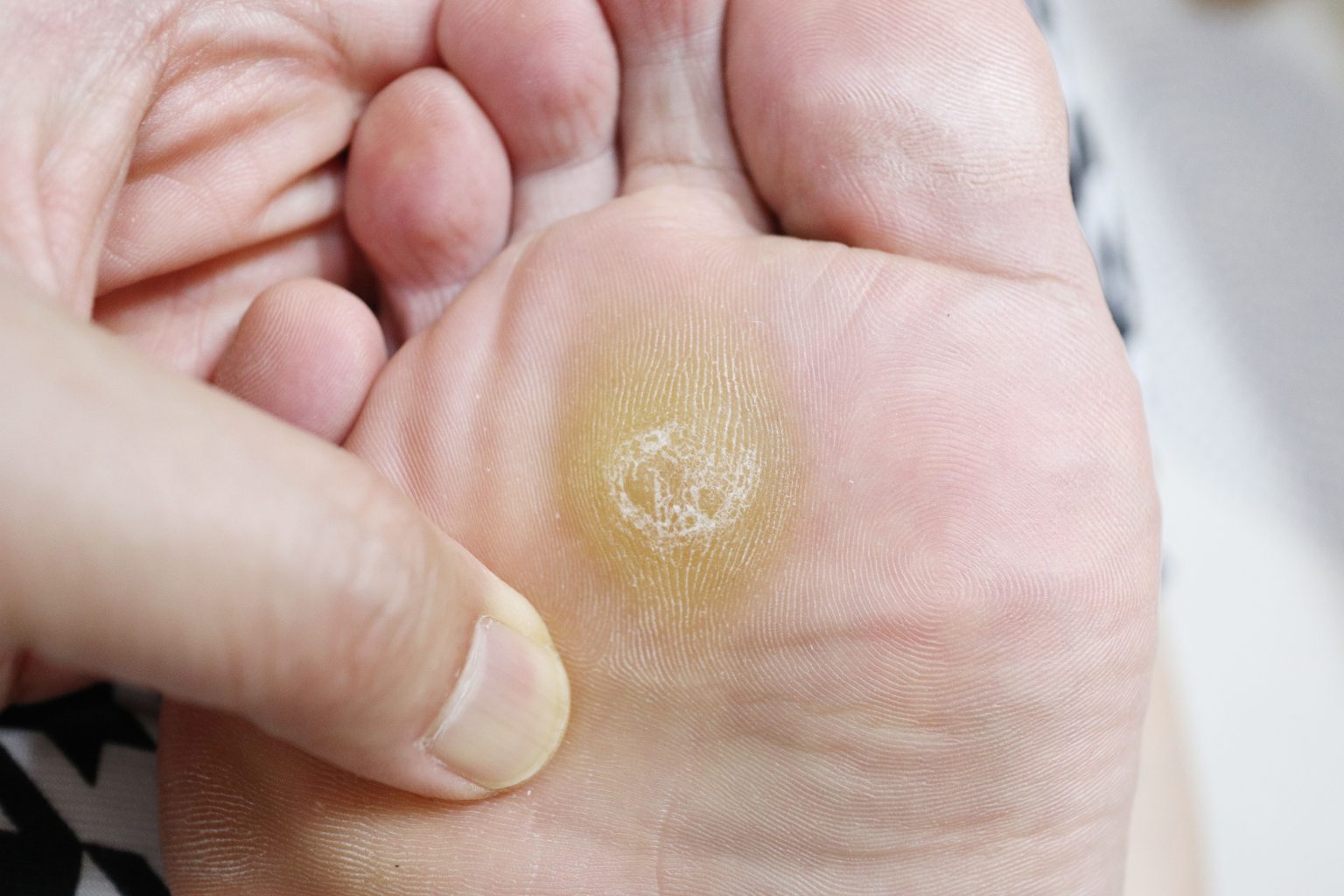
What’s the Difference Between Foot Corns vs Foot Calluses? Foot and
Oral antibiotics generally clear up infected corns, but pus may have to be drained through a small incision. Moisturizing creams may help soften the skin and remove cracked calluses. Apply the.